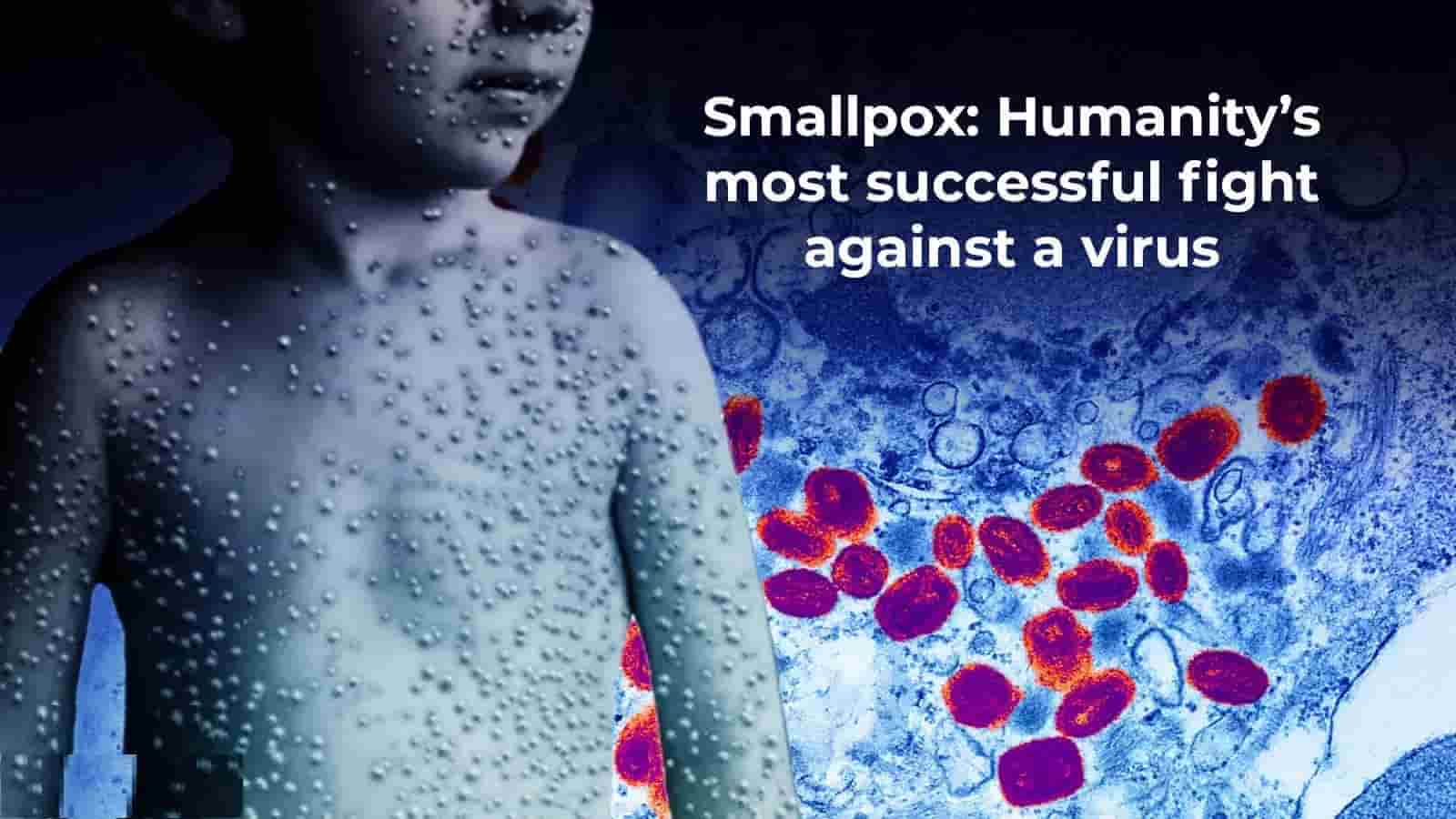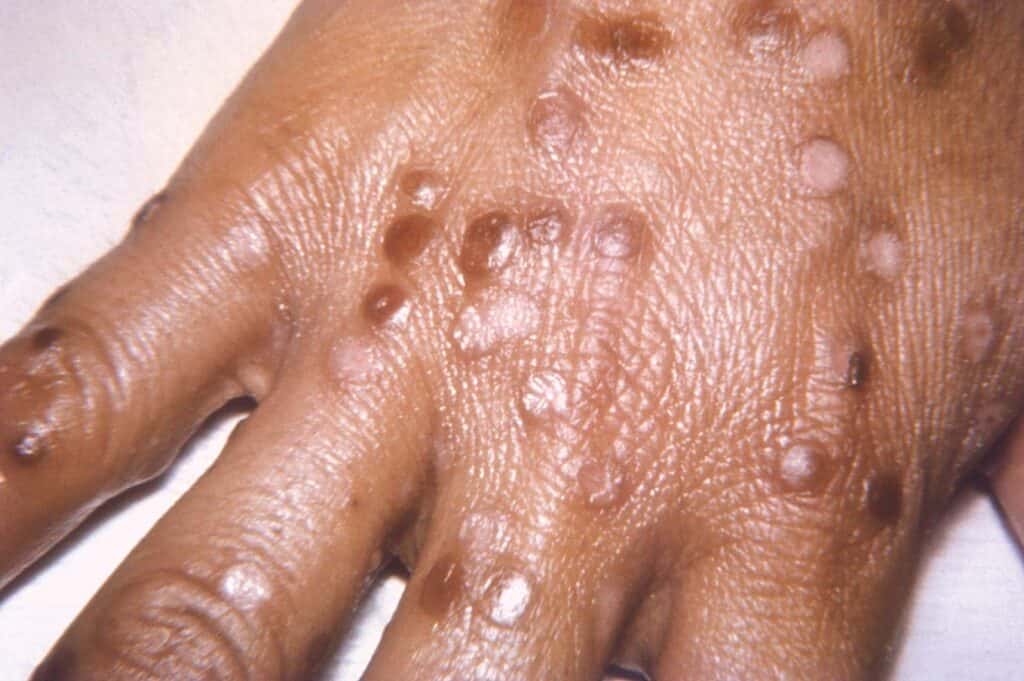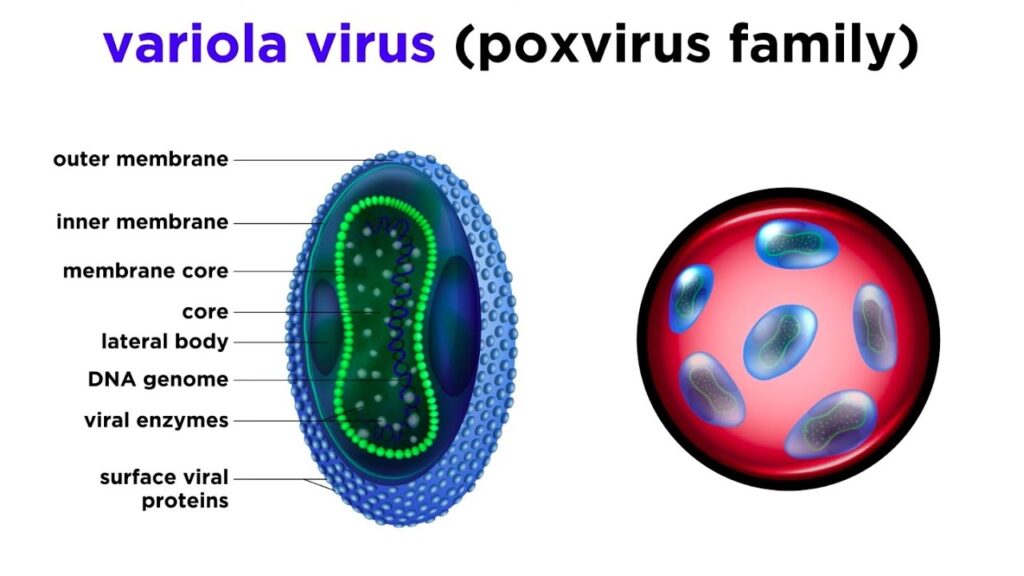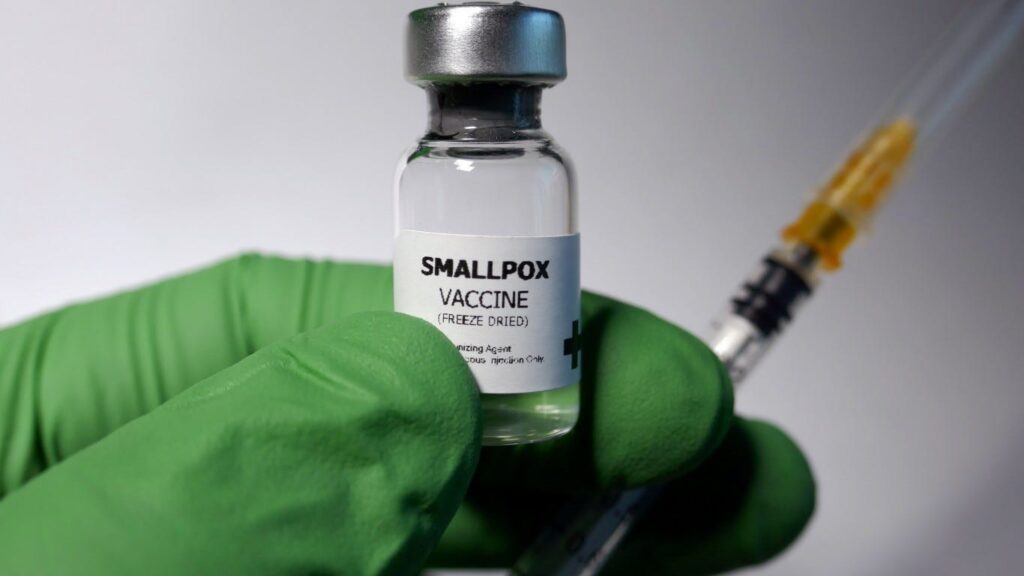WHAT IS SMALLPOX?
Smallpox is a contagious, disfiguring, and usually deadly disease that has affected humans for thousands of years. Naturally, happening smallpox was wiped out worldwide by 1980 — the result of an unprecedented global immunization campaign.
Samples of the smallpox virus have been retained for research purposes. And advances in synthetic biology have made it possible to make smallpox from published amino acid sequences. This has led to concerns that smallpox can someday be used as a biological warfare agent.
There is no cure or treatment for smallpox. A vaccine could prevent smallpox, but the risk of the vaccine’s side effects is too high to justify routine vaccination for people at low risk of exposure to the smallpox virus.

SYMPTOMS
The early symptoms of smallpox generally appear between 10 and 14 days after you are infected. During the incubation period of seven to seventeen days, you look and feel healthy and cannot infect others.
Following the incubation period, a sudden beginning of flu-like signs and symptoms occurs. These include:
- Fever
- Overall discomfort
- Headache
- Severe fatigue
- Severe back pain
- Vomiting, possibly
A few days later, flat, red spots appear first on your face, hands, and forearms, and then on your trunk. Within a day or two, many of these lesions turn into tiny blisters filled with clear fluid, which then turns into pus. Scabs start to form eight to nine days later and ultimately fall off, leaving deep, pitted scars.
Lesions also develop in the mucous membranes of your nose and mouth and rapidly turn into sores that break open.

CAUSES
Smallpox is caused due to infection with the variola virus. The virus could be transmitted:
- Directly from person to person – Direct transmission of the virus needs fairly prolonged face-to-face contact. The virus could be transmitted through the air by droplets that escape when an infected person coughs, sneezes, or talks.
- Indirectly from an infected person – In rare instances, the airborne virus could spread farther, possibly through the ventilation system in a building, infecting people in other rooms or on other floors.
- Via contaminated items – Smallpox could also spread through contact with contaminated clothing and bedding, however, the risk of infection from these sources is less common.
- As a terrorist weapon, potentially – A intentional release of smallpox is a remote threat. However, because any release of the virus can spread the disease quickly, government officials have taken numerous precautions to protect against this possibility, like stockpiling the smallpox vaccine.

COMPLICATIONS
Many people who get smallpox survive. However, a few unusual varieties of smallpox are almost always fatal. These more-severe types most commonly affect pregnant women and people with impaired immune systems.
People who recover from smallpox generally have severe scars, particularly on the face, arms and legs. In some cases, smallpox might cause blindness.
PREVENTION
In the event of an outbreak, people who had smallpox would be retained in isolation in an effort to control the spread of the virus. Anyone who had contact with someone who developed an infection would require a smallpox vaccine, which could prevent or lessen the severity of the disease if given within four days of exposure to the smallpox virus.
There are two vaccines are available. One vaccine (ACAM2000) uses a live virus that is associated with smallpox, and it could occasionally cause severe complications, like infections affecting the heart or brain. That is why it is not recommended that everyone be vaccinated at this time. The possible risks of the vaccine outweigh the benefits, in the absence of an actual smallpox outbreak.
A second vaccine, a modified vaccinia Ankara vaccine (Jynneos), has been found to be safe, and it could be used in people who are not able to take ACAM2000, who have weakened immune systems, or who have skin diseases.
If you were vaccinated as a child
Immunity or partial immunity after a smallpox vaccine might last up to ten years, and twenty years with revaccination. If an outbreak ever happened, people who were vaccinated as children would probably receive a new vaccination after direct exposure to someone with the virus.

DIAGNOSIS
If an outbreak of smallpox were to happen today, it is likely that most doctors would not realize what it was in its early stages, which would allow the disease to spread.
Even a single confirmed case of smallpox would be considered an international health emergency. The Centers for Disease Control and Prevention could do definitive testing using a tissue sample taken from one of the lesions on the skin of the infected person.
TREATMENT
There is no cure for smallpox. In the event of an infection, treatment would focus on easing symptoms and keeping the person from becoming dehydrated. Antibiotics may be prescribed if the person also develops a bacterial infection of the lungs or on the skin.
Tecovirimat (Tpoxx), an antiviral drug, was approved for use in the United States in the year 2018. However, it was not tested in people who are sick with smallpox, so it is not known if it is an effective drug option. One trial tested its safety in humans and found it to be as safe as the placebo. Other antiviral drugs are still being studied.
If you or anyone you know is suffering from smallpox, our expert providers at Specialty Care Clinics will take care of your health and help you recover.
Call us on (469) 545-9983 to book an appointment with our specialists.
